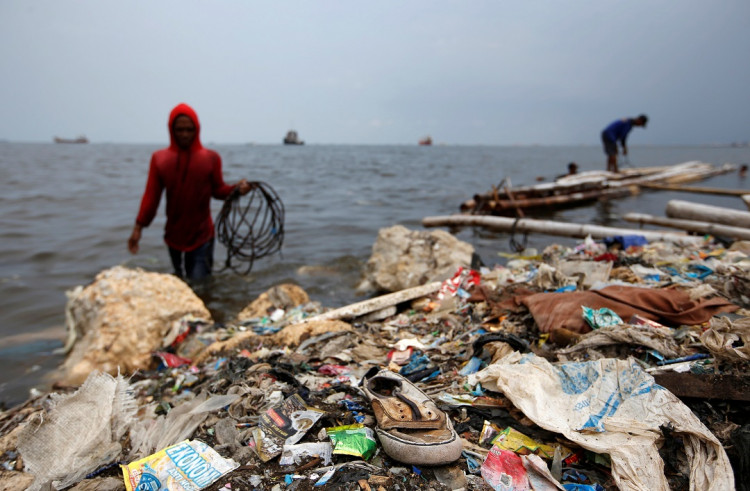The possibility that fish and other marine life may unintentionally consume microplastic pollution in the waters is one of the risks it poses. But could a robot made specifically to ingest it be the answer to the issue?
According to a group of Chinese researchers from Sichuan University in southwest China, robot fish that "eat" microplastics could one day assist in cleaning up the world's polluted oceans.
These robots, which are soft to the touch and only 1.3 centimeters long, are already sucking up microplastics in shallow water.
According to Wang Yuyan, one of the researchers who built the robot, the team hopes to make it possible for them to gather microplastics in deeper water and offer information to analyze marine pollution in real time.
"We developed such a lightweight miniaturized robot. It can be used in many ways, for example in biomedical or hazardous operations, such a small robot that can be localized to a part of your body to help you eliminate some disease."
The black robot fish is exposed to light, which encourages it to move its body and fins. In order to prevent the fish from striking other fish or ships, scientists can regulate it using light.
Nature served as some of the inspiration for the robot's materials, according to BBC Science Focus Magazine. Researchers specifically drew inspiration from mother-of-pearl, the substance that covers the interior of clam shells. Nacre, or mother-of-pearl, is constructed in layers. The robot was created in the same manner by scientists, who wanted to ensure that it was durable and flexible enough to move.
According to the American Chemical Society, they first created nanosheets of sulfonated graphene using molecules of cyclodextrin. These were subsequently added to polyurethane latex mixes, and layering was used to create the final product.
The robot can self-heal and perform at 89% of its previous skills, which is another special quality, according to The Guardian.
Before the robots can start swimming around and absorbing microplastics, more work needs to be done. The scientists intend to create a version that can dive to greater depths because the current version can only swim at the water's surface.
According to the American Chemical Society, it might eventually overcome some of the challenges associated with removing microplastics from the water, such as getting them out of cracks.
"I think nanotechnology holds great promise for trace adsorption, collection, and detection of pollutants, improving intervention efficiency while reducing operating costs," Wang told The Guardian.
"We are mostly working on a collection (of microplastics). It is like a sampling robot and it can be used repeatedly," she said.






